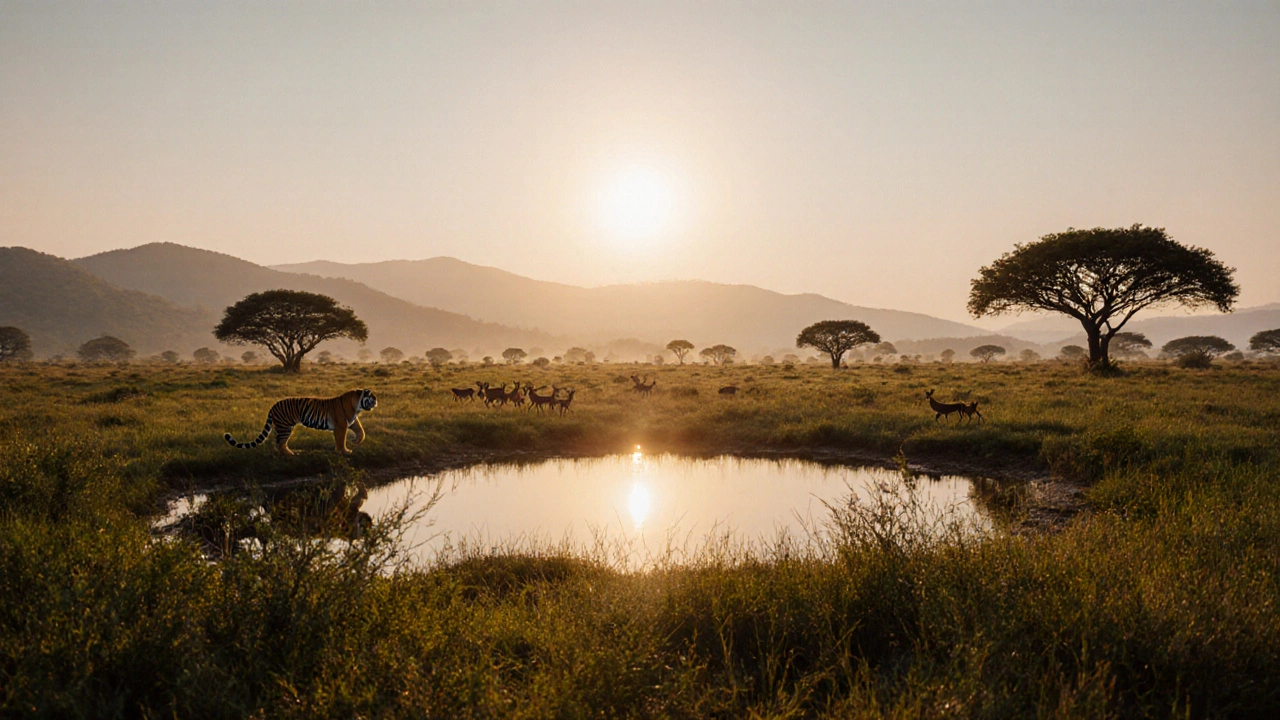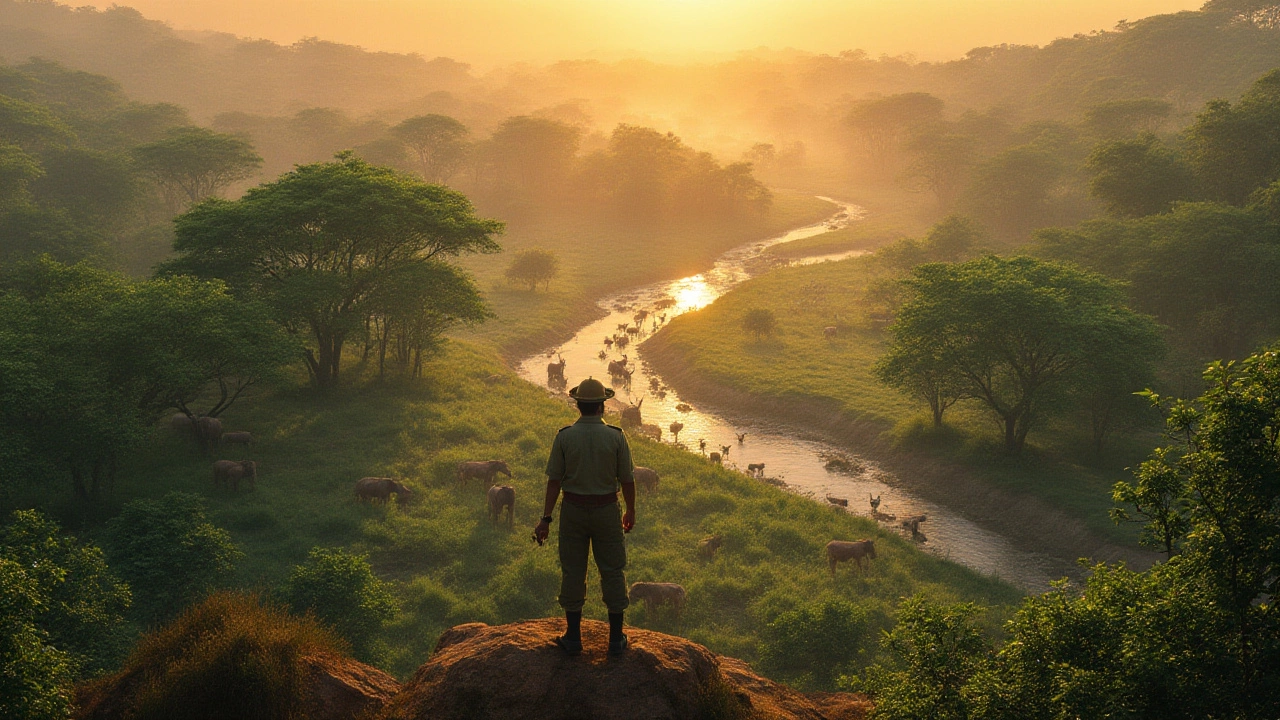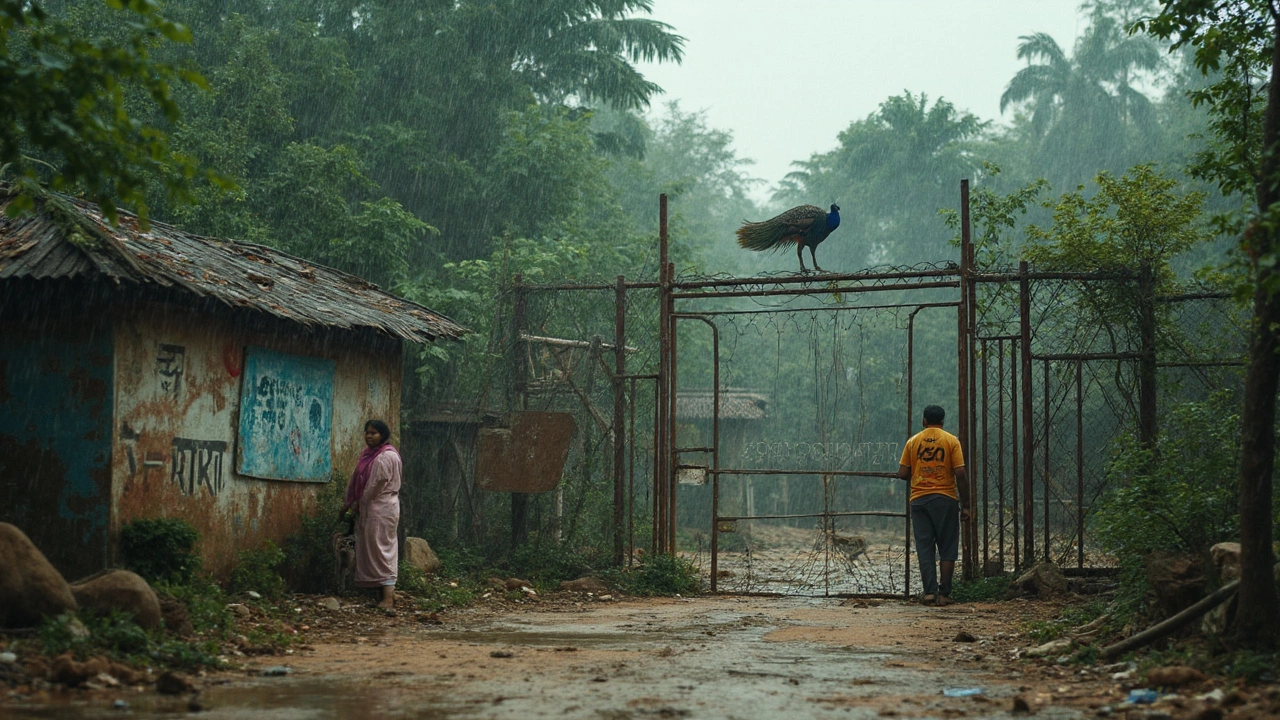
Learn which animals can live in a wildlife sanctuary, the legal rules, common species, and tips for starting or visiting a sanctuary.
When talking about Wildlife, the variety of living organisms that inhabit natural habitats across India, from towering mammals to tiny insects. Also known as fauna, it forms the backbone of ecosystems and draws travelers to the country's rugged parks and serene wetlands.
One major way to protect this diversity is through a Wildlife Sanctuary, a legally designated area where human activities are limited to preserve habitats and species. These sanctuaries wildlife enthusiasts rely on for research, tourism, and education. Another related concept is the Animal Sanctuary, a facility dedicated to rescuing and caring for injured or displaced animals, often operating under non‑profit models. While both aim to safeguard animals, their rules, funding sources, and visitor experiences differ significantly.
India's geography creates a patchwork of protection zones. States like Madhya Pradesh and Karnataka host the highest number of wildlife sanctuaries, offering habitats for tigers, leopards, and countless bird species. This concentration influences tourism patterns, prompting travelers to plan multi‑state itineraries to catch the best of the wild. Meanwhile, the legal framework governing which animals may reside in a sanctuary shapes conservation strategies—some regions allow only native species, while others permit rescued fauna under strict permits. Understanding these rules helps visitors respect local regulations and supports the long‑term health of protected areas.
However, not all sanctuary models work perfectly. Animal sanctuaries often wrestle with funding gaps, limited space, and the emotional toll on rescued creatures. Critics point out that without proper oversight, some facilities can become overcrowded or fail to meet animal welfare standards. Spotting red flags—such as inadequate veterinary care or lack of transparent reporting—empowers donors and volunteers to back ethical operations. By weighing the pros and cons, you can make informed choices about where to lend your support.
In the list below you’ll find practical guides that dive deeper into these topics: a complete rundown of species allowed in wildlife sanctuaries, a state‑by‑state look at where India's sanctuary network thrives, and an honest examination of the challenges animal sanctuaries face. Whether you’re planning a safari, considering a volunteer stint, or just curious about conservation, the articles ahead provide the facts and tips you need to navigate India's rich wildlife landscape.

Learn which animals can live in a wildlife sanctuary, the legal rules, common species, and tips for starting or visiting a sanctuary.

Curious which Indian state leads with the most wildlife sanctuaries? Here’s a deep dive into where nature thrives and tips for making your wildest travel plans a reality.

Animal sanctuaries sound like the perfect solution for rescued wildlife, but there are downsides people rarely talk about. This article covers the cons of animal sanctuaries, from funding problems to emotional stress among animals. You'll learn what really happens behind the fences and how well-meaning efforts sometimes backfire. Get real-world tips for spotting red flags in sanctuaries and understanding the true impact on animals. Knowing the drawbacks can help you make smarter choices when it comes to supporting these places.